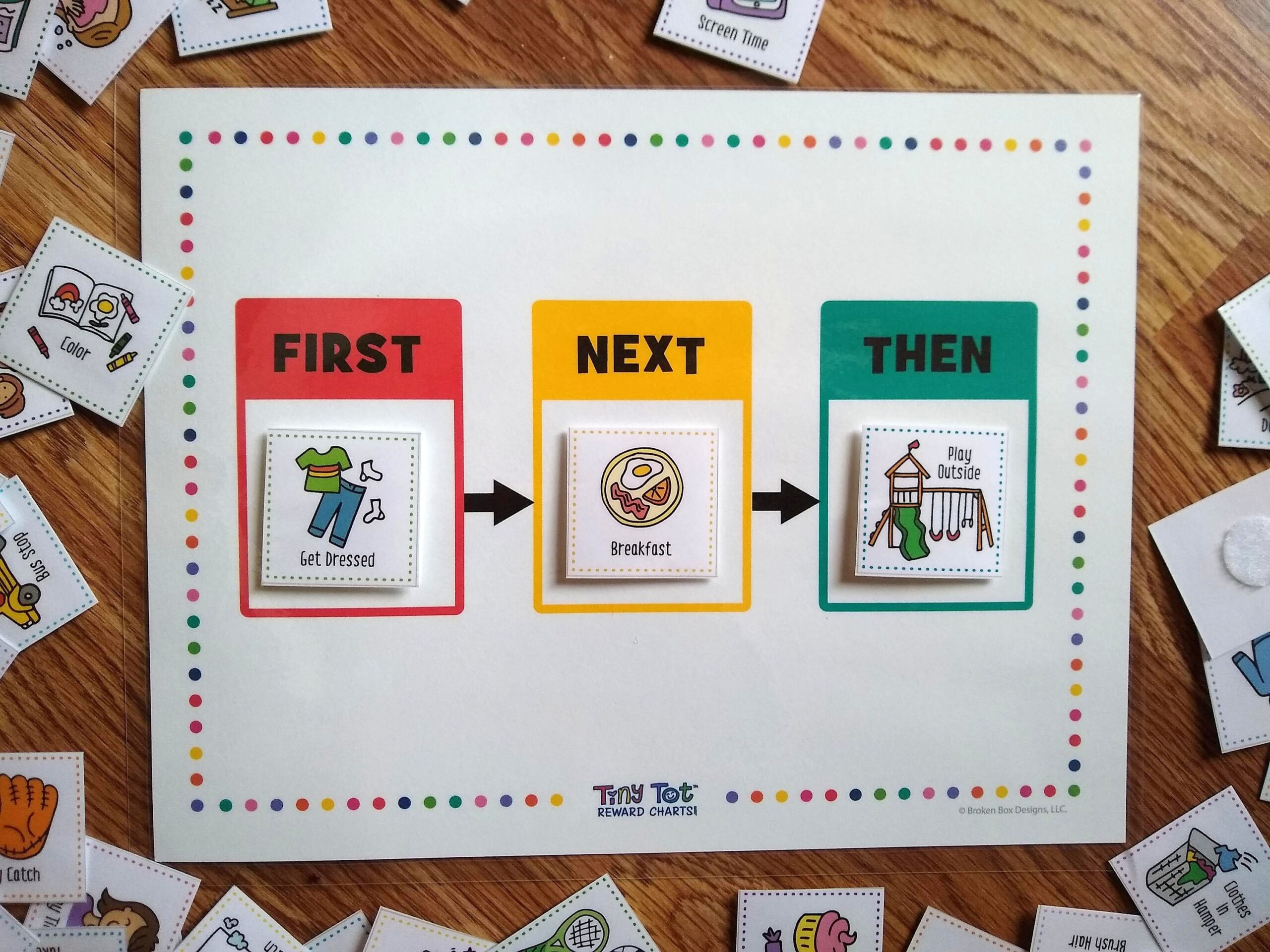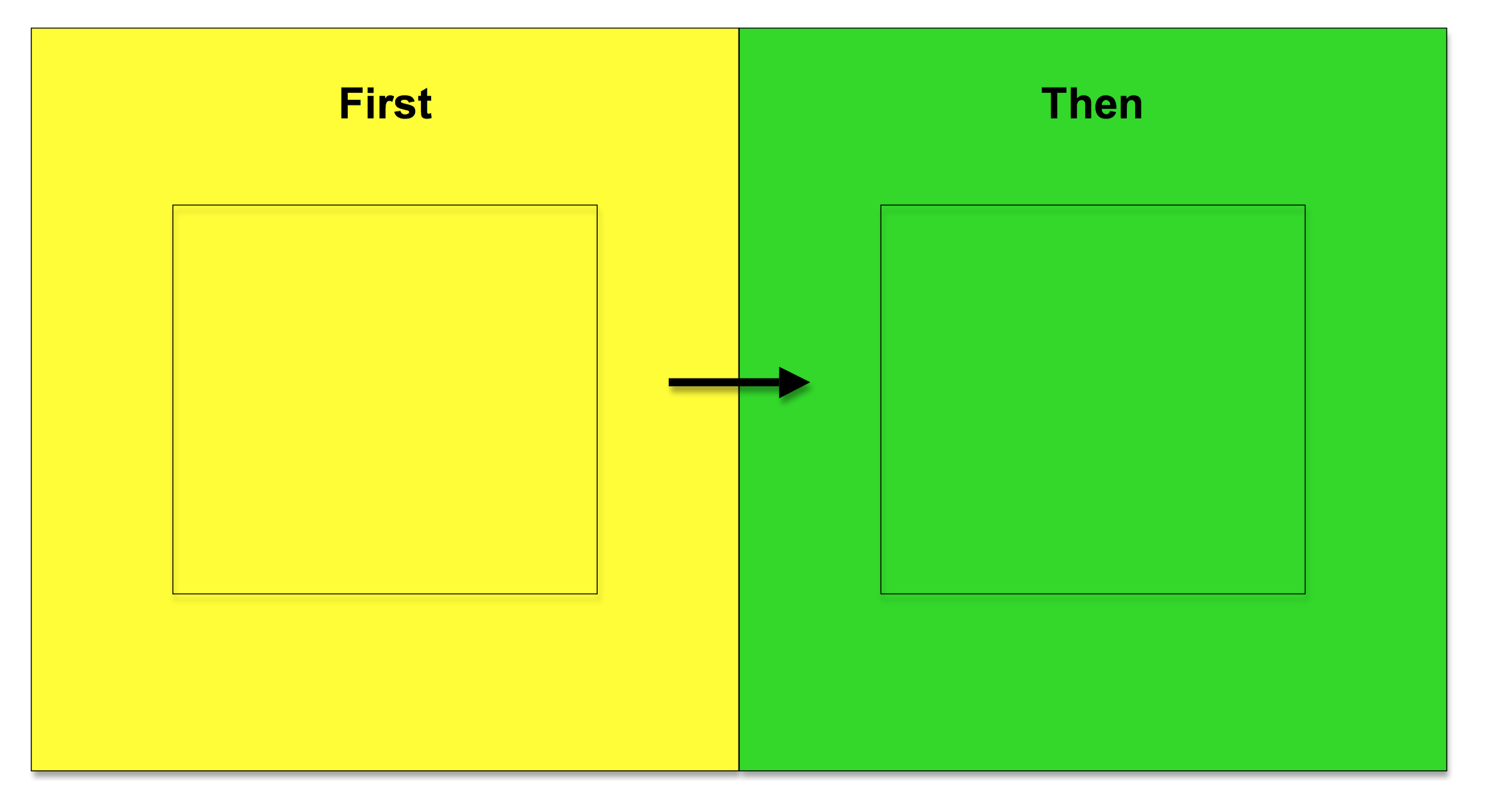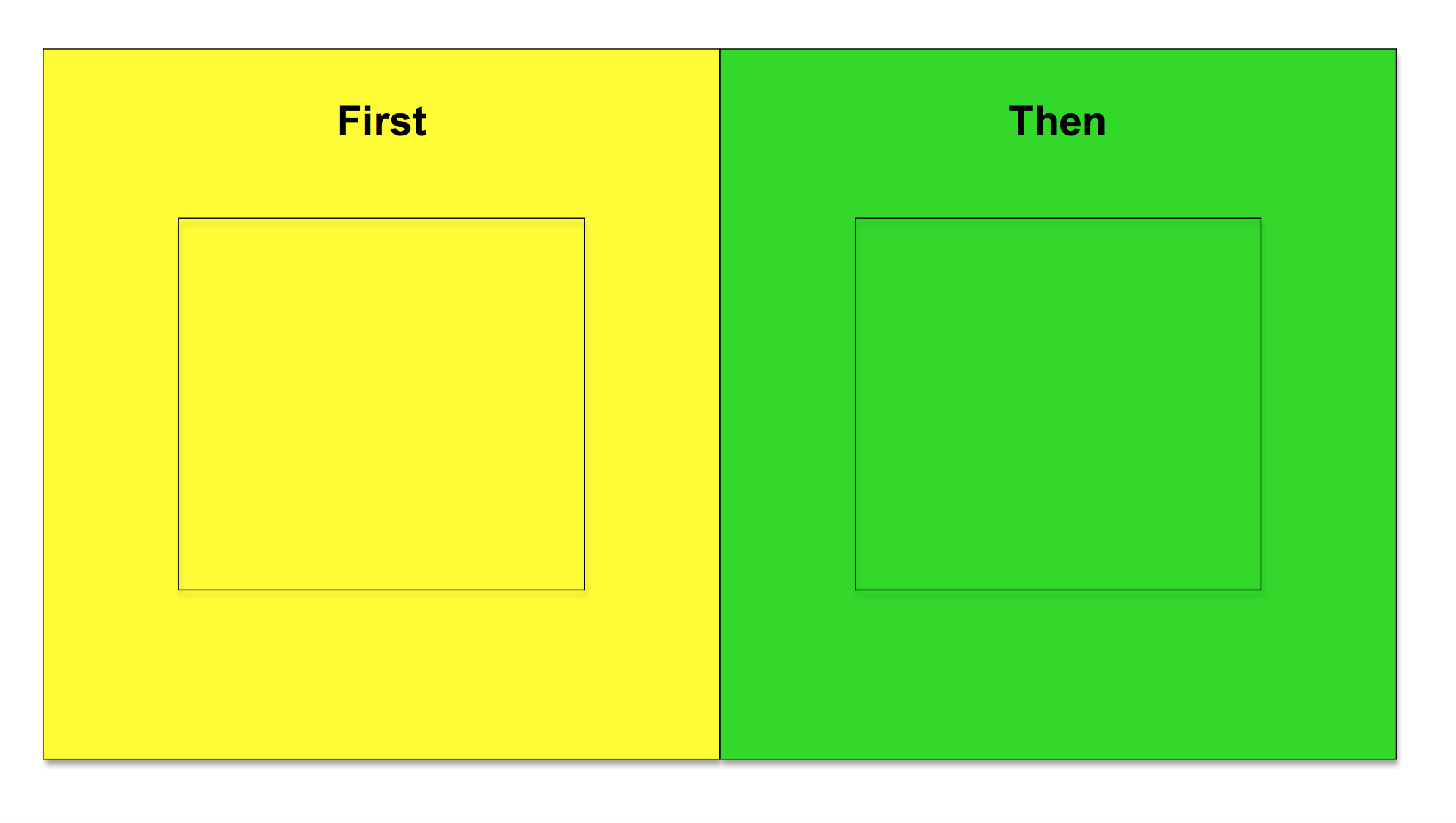If you’re a dog owner, you know how important it is to keep your furry friend healthy and happy. One key aspect of your dog’s well-being is their diet. Finding the right food for your dog can be a daunting task, with so many options available on the market.
One popular choice among dog owners is grain-free dog food. But what exactly is grain-free dog food, and is it the right choice for your canine companion? Let’s dive into the world of grain-free dog food and explore its benefits and potential drawbacks.
Benefits of Grain-Free Dog Food
Grain-free dog food is formulated without any grains such as wheat, corn, or soy. This can be beneficial for dogs with allergies or sensitivities to grains. Additionally, grain-free dog food is often packed with high-quality protein sources, such as chicken or fish, which are essential for your dog’s muscle growth and overall health.
Many dog owners also report that their dogs have more energy and better digestion when switched to a grain-free diet. Some dogs may even experience a shinier coat and healthier skin after making the switch to grain-free dog food.
Furthermore, grain-free dog food can help prevent obesity in dogs, as it is often lower in carbohydrates than traditional dog food. This can be especially beneficial for overweight or senior dogs who may be prone to weight gain.
It’s important to note that while grain-free dog food can offer many benefits, it may not be suitable for every dog. Some dogs may require grains in their diet for optimal health, so it’s always best to consult with your veterinarian before making any changes to your dog’s diet.
In conclusion, grain-free dog food can be a great option for many dogs, providing them with a nutritious and balanced diet that supports their overall health and well-being. By understanding the benefits and potential drawbacks of grain-free dog food, you can make an informed decision about what’s best for your canine companion.



